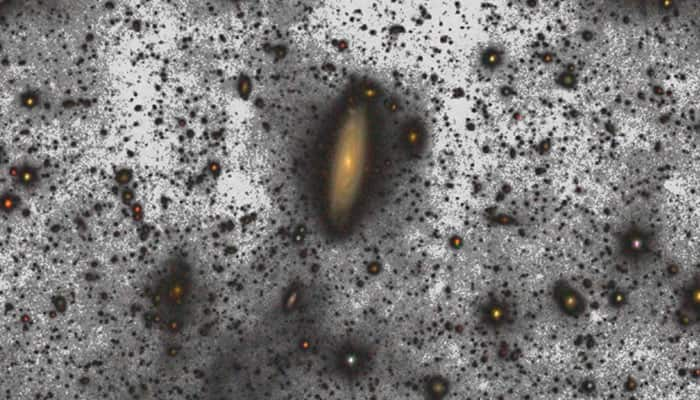London: World's largest single-aperture optical telescope, the Gran Telescopio Canarias (GTC), which is on the island of La Palma in Spain, has captured an image of deepest Earth-based galaxy.
The galaxy is ten times deeper than any other obtained from the ground and 500 million light years away from the Earth.
GTC researchers managed the rare feat while observing a faint halo of stars around the galaxy UGC0180.
The galaxy UGC00180 was chosen because it is quite similar to our neighbour, the Andromeda Galaxy, and to other galaxies to which the researchers have references.
They used the OSIRIS camera on the GTC, also known as the Great Canary Telescope, which has a field big enough to cover a decent area of sky around the galaxy, in order to explore its possible halo.
After 8.1 hours of exposure they could show that it does have a weak halo composed of four thousand million stars, about the same number as those in the Magellanic Clouds, which are satellite galaxies of the Milky Way.
With this measurement, recently published in Astrophysical Journal, the existence of the stellar halos predicted by theoretical models is confirmed, and it has become possible to study low surface brightness phenomena.
As well as beating the previous surface brightness limit by a factor of 10, the observation shows that it will be possible to explore the universe not only to the same depth to which we can go using the conventional technique of star counts, but also out to distances where this cannot be achieved.
"The object of future research is to extend the study to other types of galaxies, to see whether this way of understanding their formation, predicted by the standard model, is correct or not," said study lead author Ignacio Trujillo of the Instituto de Astrofísica de Canarias (IAC).
The GTC project is a partnership formed by several institutions from Spain and Mexico, the University of Florida, the Universidad Nacional Autónoma de México and the IAC.
(With IANS inputs)
















